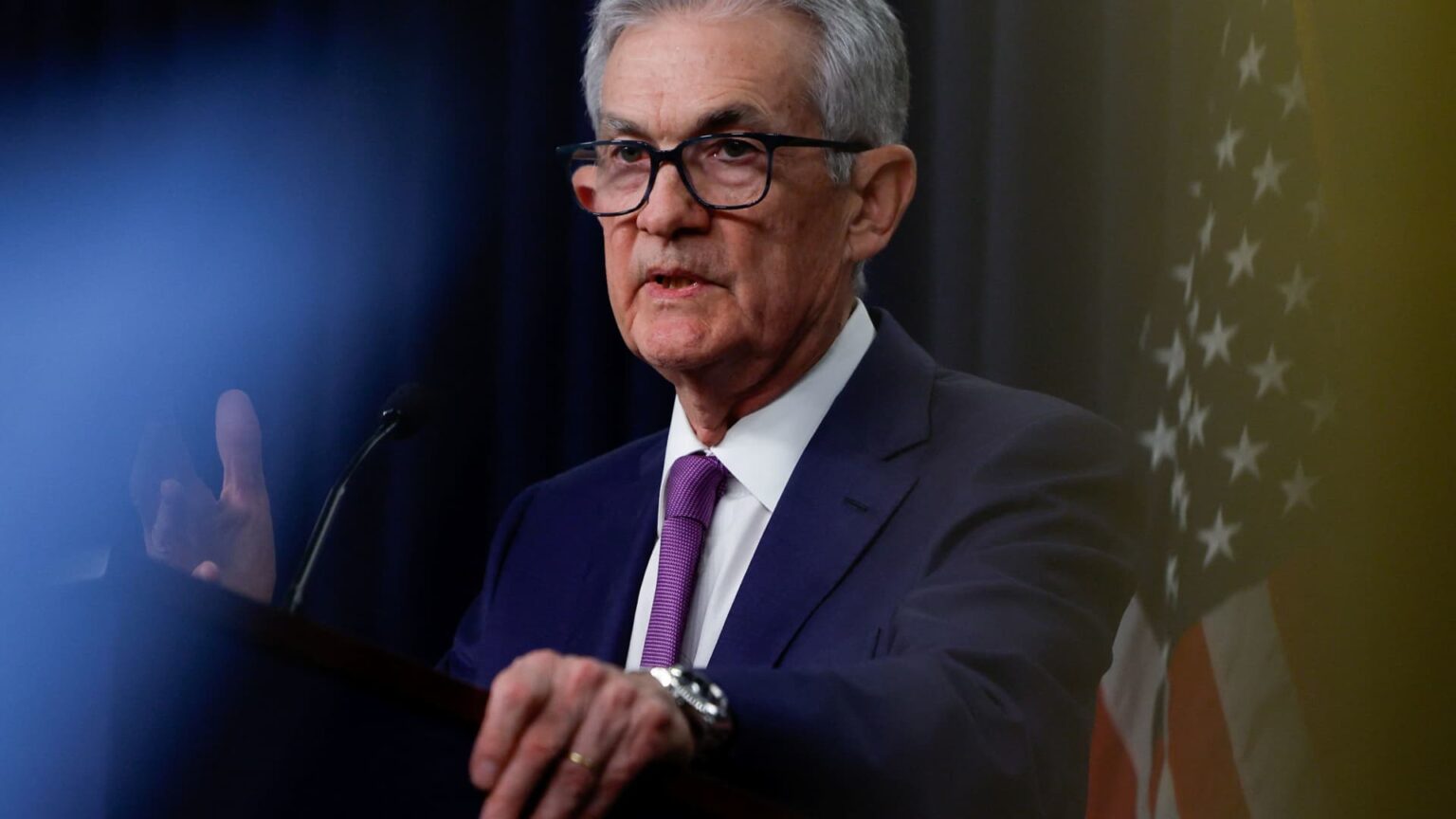Federal Reserve Chair Jerome Powell speaks throughout a House Financial Services Committee listening to on the “Federal Reserve’s Semi-Annual Monetary Policy Report” on Capitol Hill in Washington, U.S., March 6, 2024.
Bonnie Cash | Reuters
If there was any doubt earlier than, Federal Reserve Chair Jerome Powell has just about cemented the probability that there will not be rate of interest reductions anytime quickly.
Now, Wall Street is questioning if the central financial institution will lower in any respect this 12 months.
That’s as a result of Powell on Tuesday stated there’s been “a lack of further progress” on decreasing inflation again to the Fed’s 2% goal, which means “it’s likely to take longer than expected” to get sufficient confidence to begin easing again on coverage.
“They’ve got the economy right where they want it. They now are just focused on inflation numbers. The question is, what’s the bar here?” stated Mark Zandi, chief economist at Moody’s Analytics. “My sense is they need two, probably three consecutive months of inflation numbers that are consistent with that 2% target. If that’s the bar, the earliest they can get there is September. I just don’t see rate cuts before that.”
With most readings placing inflation round 3% and never shifting appreciably for a number of months, the Fed finds itself in a troublesome slog on the final mile towards its objective.
Market pricing for price cuts has been extremely risky in latest weeks as Wall Street has chased fluctuating Fed rhetoric. As of Wednesday afternoon, merchants had been pricing in a couple of 71% chance that the central financial institution certainly almost certainly will wait till September, with the implied likelihood of a July lower at 44%, in keeping with the CME Group’s FedWatch gauge.
As for a second price lower, there was a tilt towards one in December, however that is still an open query.
“Right now, my base case is two — one in September and one in December, but I could easily see one rate cut, in November,” stated Zandi, who thinks the presidential election might issue into the equation for Fed officers who insist they don’t seem to be swayed by politics.
‘Real threat’ of no cuts till 2025
The uncertainty has unfold via the Street. The market-implied odds for no cuts this 12 months stood round 11% on Wednesday, however the risk cannot be ignored at this level.
For occasion, Bank of America economists stated there’s a “real risk” that the Fed will not lower till March 2025 “at the earliest,” although for now they’re nonetheless going with a December forecast for the one and solely lower this 12 months. Markets on the onset of 2024 had been pricing in at the very least six quarter-percentage level reductions.
“We think policymakers will not feel comfortable starting the cutting cycle in June or even September,” BofA economist Stephen Juneau stated in a shopper word. “In short, this is the reality of a data-dependent Fed. With the inflation data exceeding expectations to start the year, it comes as little surprise that the Fed would push back on any urgency to cut, especially given the strong activity data.”
To ensure, there’s nonetheless hope that the inflation knowledge turns decrease within the subsequent few months and provides the central financial institution room to ease.
Citigroup, for instance, nonetheless expects the Fed to start easing in June or July and to chop charges a number of instances this 12 months. Powell and his fellow policymakers “will be pleasantly surprised” by inflation knowledge in coming months, wrote Citi economist Andrew Hollenhorst, who added that the Fed “is poised to cut rates on either slower year-on-year core inflation or any signs of weakness in activity data.”
Elsewhere, Goldman Sachs pushed again the month that it expects coverage to ease, however solely to July from June, as “the broader disinflationary narrative remains intact,” wrote Jan Hatzius, the agency’s chief economist.
Danger looms
If that’s true, then “the pause on rate cuts would be lifted and the Fed would move ahead,” wrote Krishna Guha, head of the worldwide coverage and central financial institution technique staff at Evercore ISI. However, Guha additionally famous the extensive breadth of coverage prospects that Powell opened in his remarks Tuesday.
“We think it still leaves the Fed uncomfortably data-point dependent, and highly vulnerable to being skittled from three to two to one cut if near-term inflation data does not cooperate,” he added.
The risk of a cussed Fed raises the opportunity of a coverage mistake. Despite the resilient financial system, increased charges for longer might threaten labor market stability, to not point out areas of the finance sector equivalent to regional banks which can be vulnerable to period threat posed to mounted earnings portfolios.
Zandi stated the Fed already ought to have been reducing with inflation properly off the boil from its mid-2022 highs, including that elements associated to housing are basically the one factor standing between the central financial institution and its 2% inflation objective.
A Fed coverage mistake “is the most significant risk to the economy at this point. They’ve already achieved their mandate on full employment. They’ve all but achieved their mandate on inflation,” Zandi stated.
“Stuff happens, and I think we need to be humble here regarding the financial system,” he added. “They run the risk they are going to break something. And to what end? If I were on the committee, I would be strongly arguing we should go already.”
https://www.cnbc.com/2024/04/17/wall-street-pushes-out-rate-cut-expectations-sees-risk-of-no-action-until-2025.html


